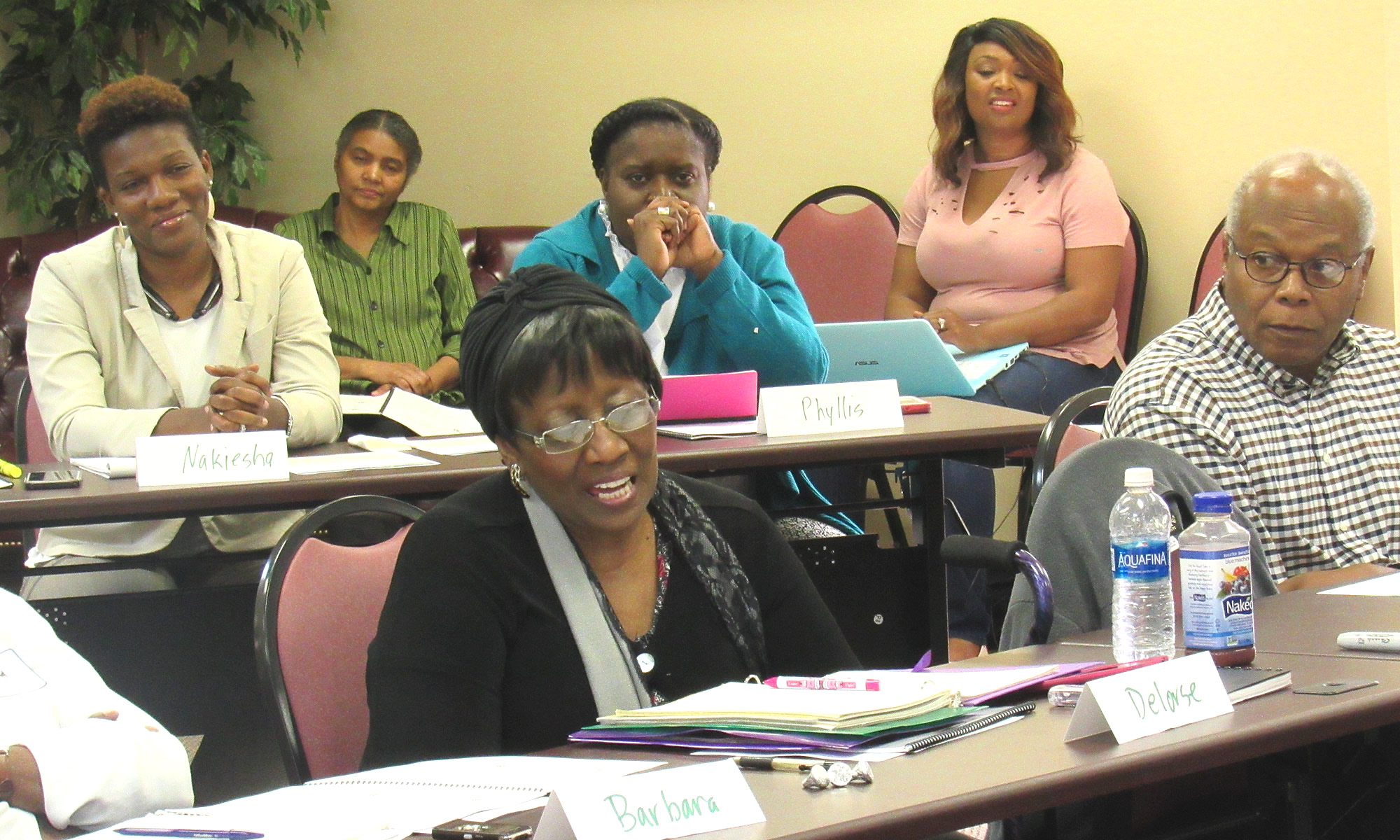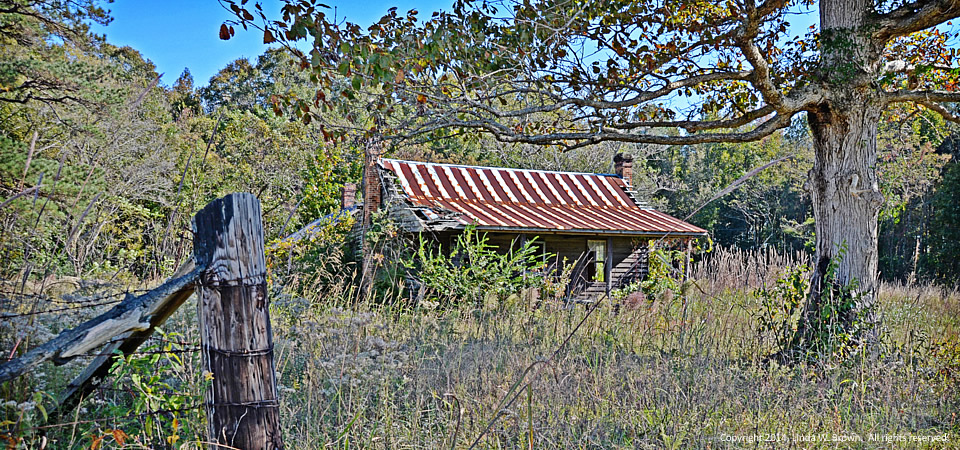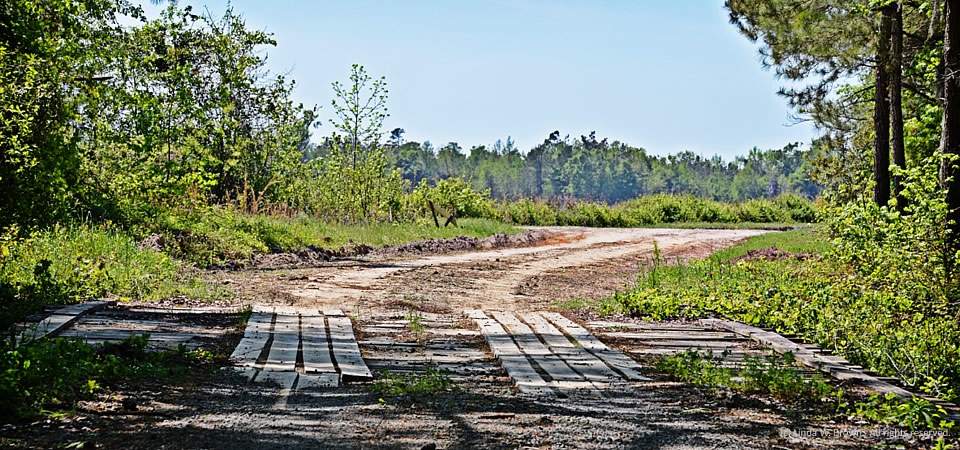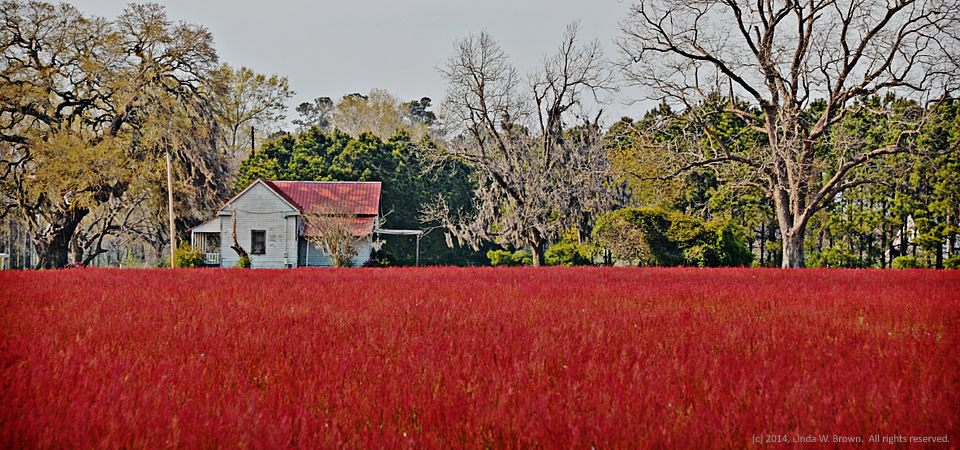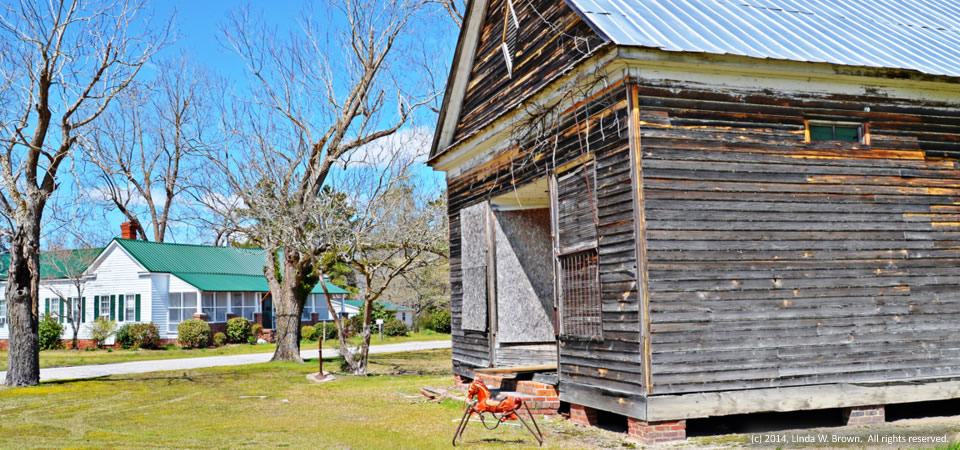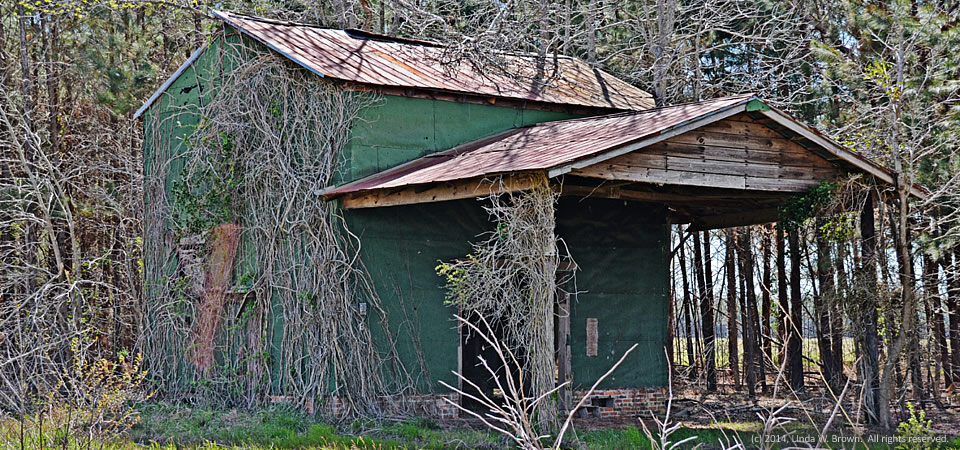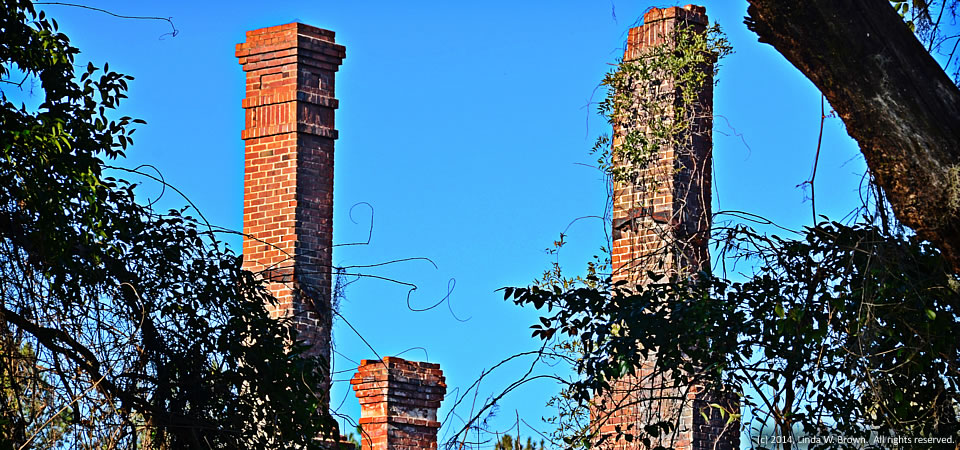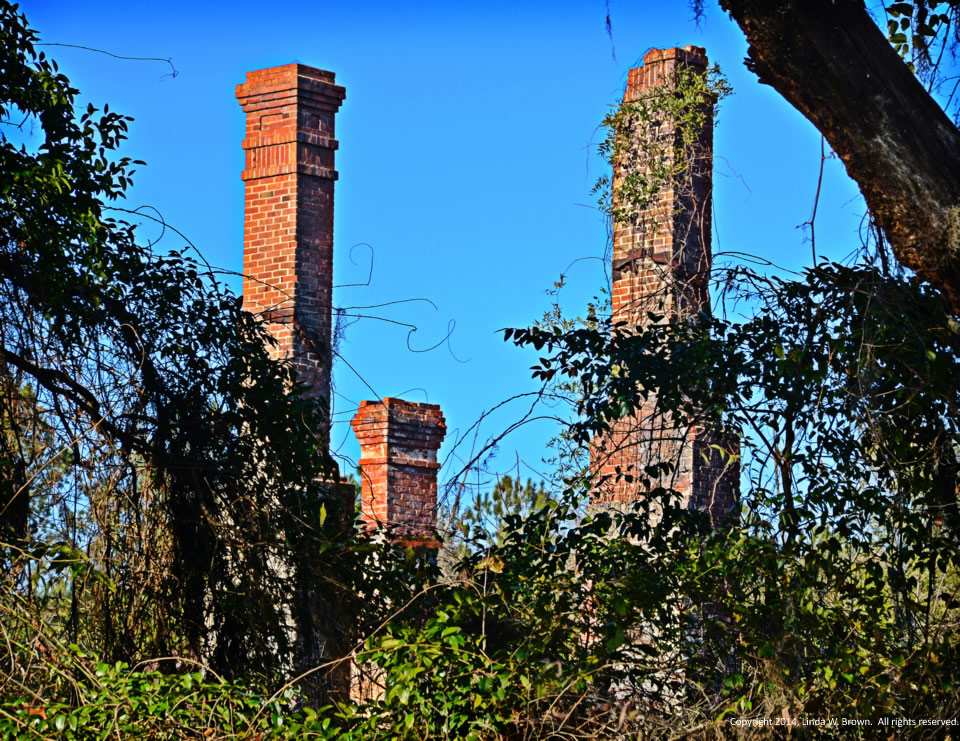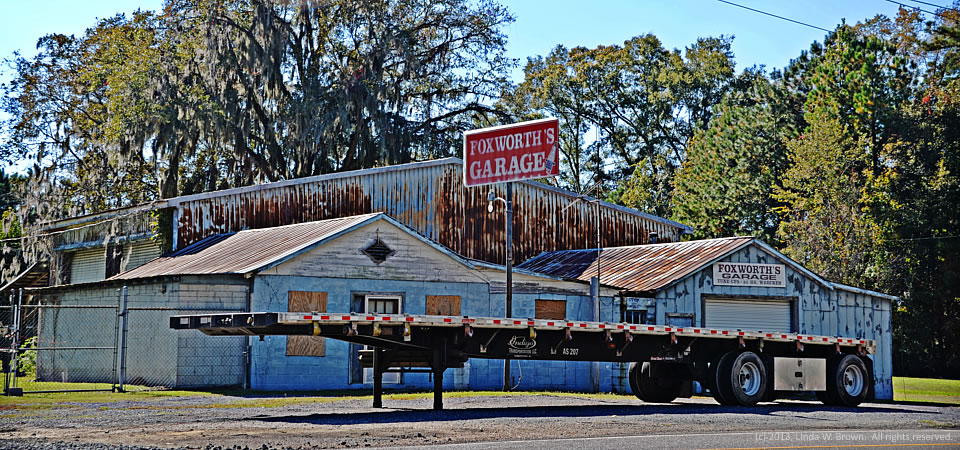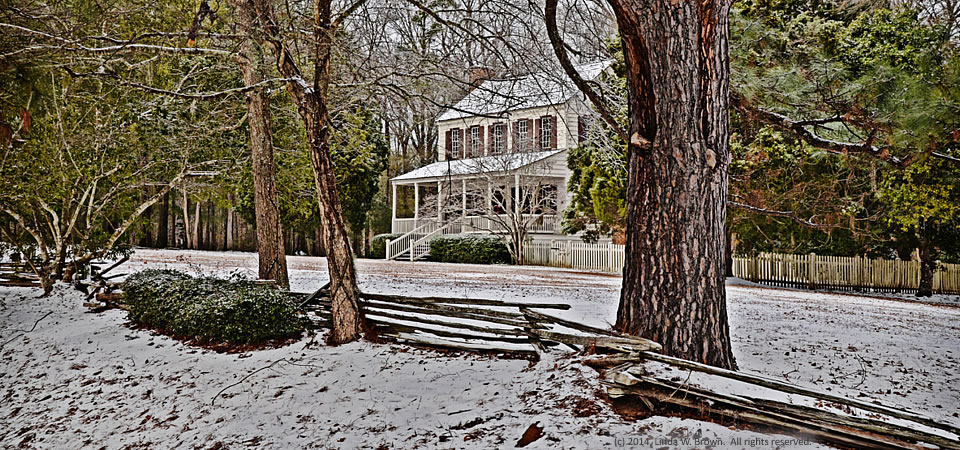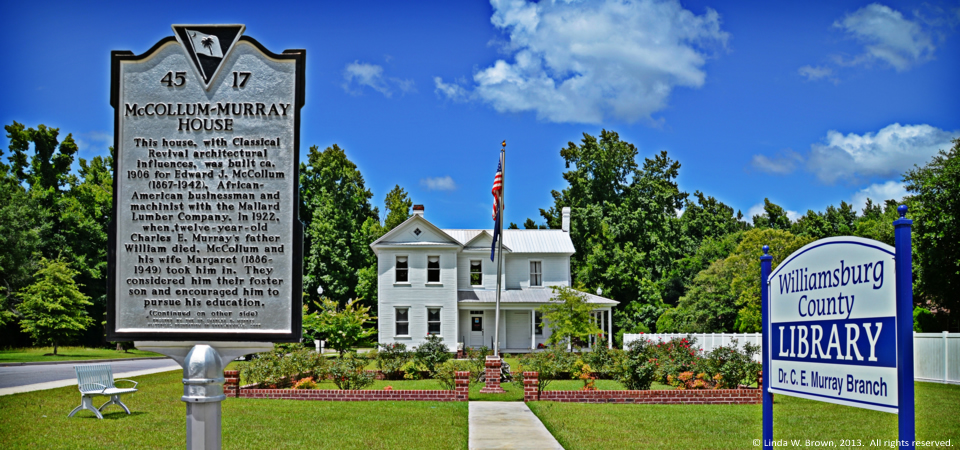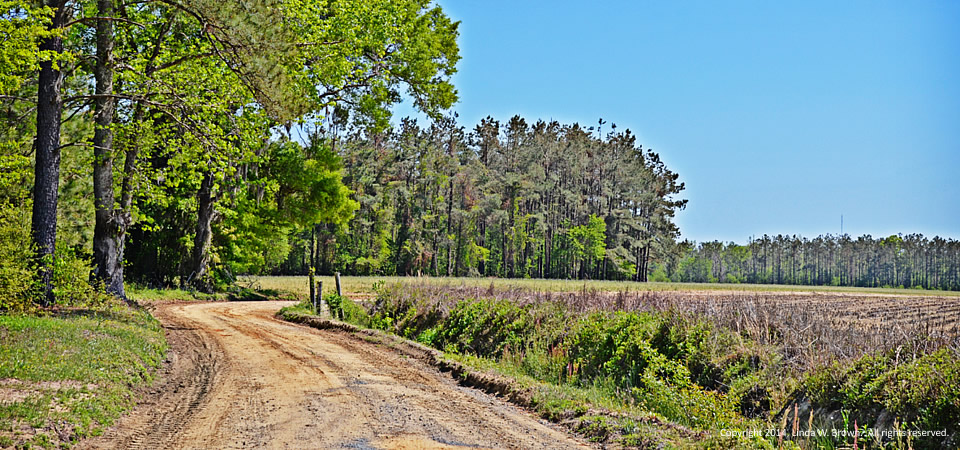
Over 1,000 miles of dirt roads criss-cross the 937 square miles of rural Williamsburg County, retired editor and photographer Linda W. Brown of Kingstree, S.C. writes.
“The county’s public works department is responsible for maintaining these roads, which is a large expense in the county’s budget, so much so that the county charges residents an annual $15 road maintenance fee in addition to regular property taxes. This one, Mill Dam Road, is in northeastern Williamsburg County.
Williamsburg County, which is about 75 miles north of Charleston, S.C., has a population of just under 34,000 people. Population peaked in 1950 at 43,807, but has dropped slowly since then.
About two-thirds of county residents are black, with almost all of those remaining being white. Only 2 percent of those in the county are of Hispanic descent. Some 32.8 percent of residents live in poverty, according to the Census. Of the county’s 1,921 firms, 36.5 percent are black-owned — a percentage that is three times South Carolina’s average.
Copyrighted photo by Linda W. Brown, taken April 17, 2014. All rights reserved.
